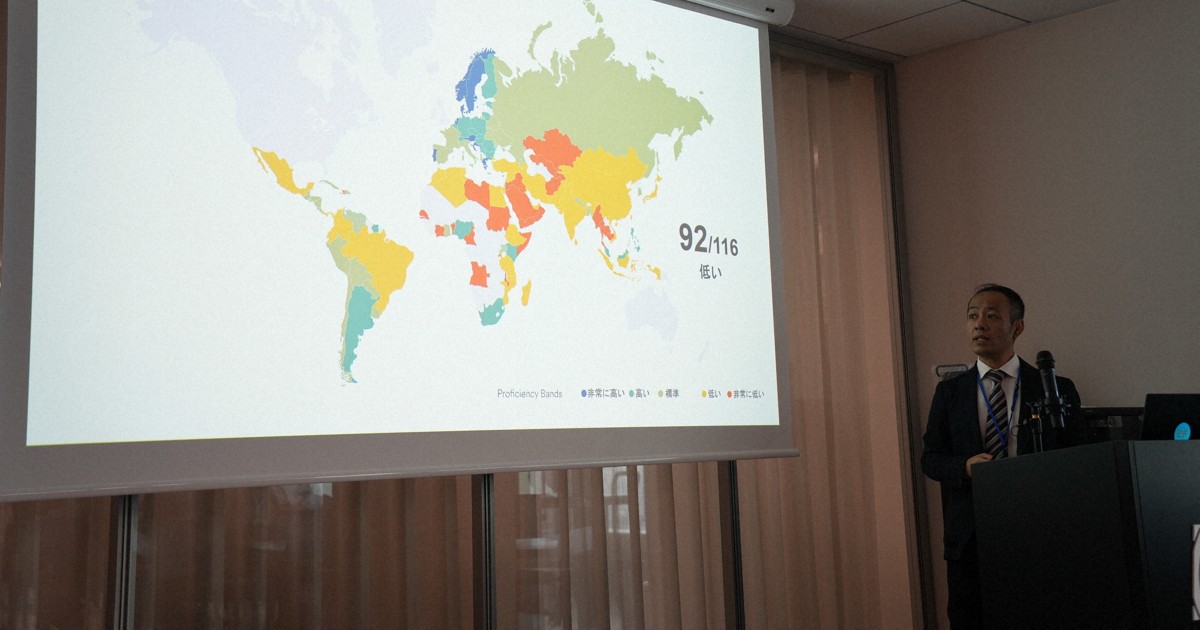Summary
Japan’s English proficiency ranking dropped to 92nd out of 116 countries, the lowest ever recorded.
The decline is attributed to stagnant English proficiency among young people, particularly due to the COVID-19 pandemic.
The Netherlands ranked first, followed by European countries, while the Philippines and Malaysia ranked 22nd and 26th, respectively.



Which is ironic given how many English loanwords have infiltrated the language in recent times, to the point where sometimes I hear Japanese speak in a not overly formal context and half of the words they say are just English words with Japanese pronunciation.
Having learned both english and now in the process of learning Japanese, katakana English is so confusing sometimes. It’s kind of correct when you don’t think about what’s actually written, but you sometimes have to think long to understand that an エアコン (eakon) is just an air con(dition).
True. Also doesn’t help when you sometimes mix up シ(shi) and ツ (tsu) because the font (or someone else’s handwriting) makes them look very similar.
Alignment/starting position is the key. The "-like strokes in shi are left-aligned, the "-like ones in tsu are top-aligned. Same for ‘so’ and ‘n’. This is why people talk about stroke order being important (although in this case it’s not simply the order).
I don’t know Japanese at all, but the way my phone renders those characters I can’t tell anything about stroke order, and can only tell them apart because they’re next to each other…
I imagine there might be larger differences with Japanese specific fonts, but with whatever this one is the difference seems about the same as using italics with Latin characters…